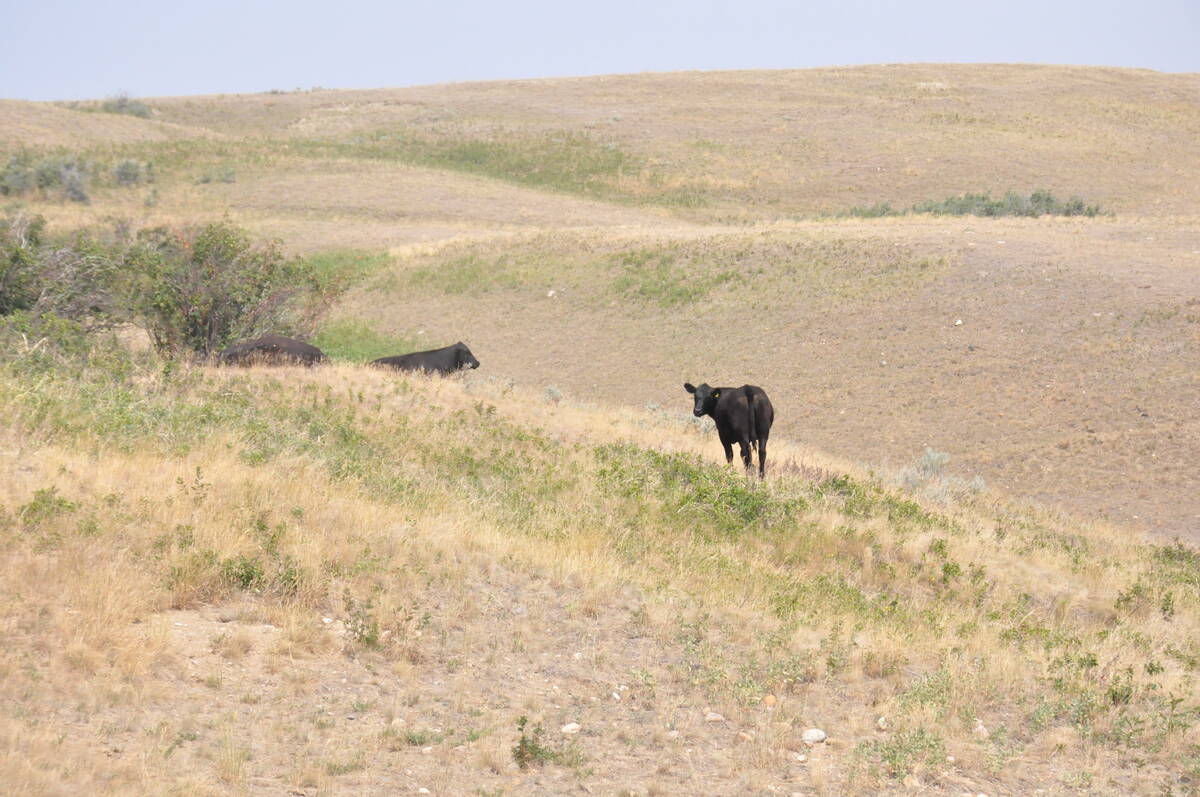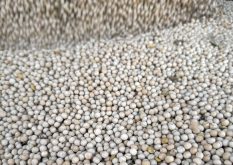The transition from La Nina to El Nino and a shift to a positive Indian Ocean Dipole could mean much less rain Down Under
The world is transitioning from three consecutive years of La Nina to an El Nino weather event, and that could spell trouble for one of Canada’s top competitors.
International climate models suggest El Nino thresholds will be met or exceeded by July, according to the Australian Bureau of Meteorology.
“El Nino typically suppresses rainfall in eastern Australia during the winter and spring months,” said the bureau in an April 11 Climate Driver Update.
To make matters worse, most climate models forecast a shift to a positive Indian Ocean Dipole.
Read Also

Saskatchewan tests new forage insurance program
Saskatchewan Crop Insurance Corp. tested a new forage insurance program this past summer as it looks for ways to better protect cattle producers.
“A positive IOD can suppress winter and spring rainfall over much of Australia, potentially exacerbating the drying effect of El Nino,” said the bureau.
Australian farmers compete head to head with Canadian growers in wheat, canola, barley and pulse markets.
Growers Down Under have greatly benefitted from three successive La Nina events.
This year’s harvest was record large. For some crops it was double the normal volume.
For instance, growers produced 39 million tonnes of wheat and 8.3 million tonnes of canola, up from the previous five-year averages of 24.24 and 4.03 million tonnes.
GrainFox analyst Neil Townsend said Australia faces off against Canada in many markets around the world, including China and the European Union.
“It’s a critical, critical competitor and I’m tempted to say it’s our number one competitor,” he said.
Much of the country’s pulses, milling wheat and barley are grown in eastern Australia, where the dryness is expected to occur.
Rainfall has already been below average for much of eastern Australia so far in 2023 and the long-term forecast doesn’t look good.
The Australian Bureau of Meteorology is predicting below median rainfall for most of Australia in the May through July period.
Townsend is penciling in a 28 million tonne wheat crop, which would be well below this year’s 39 million tonnes. He thinks exports will fall by five million tonnes.
It could be much worse than that if Western Australia turns out dry as well. That happened in 2019-20, when farmers harvested a mere 14.5 million tonnes of the crop.
But he noted that stockpiles of many of Australia’s crops are ample following three years of bin-busting La Nina harvests.
The country has limited export capacity, so carryout supplies have been building.
“There will be a long tail into next year,” he said.
India is another market to keep an eye on during El Nino years. It can cause disappointing monsoon season rains.
It also tends to negatively affect palm oil production in Indonesia and Malaysia.
El Nino’s influence is typically muted in North America during the summer, DTN meteorologist John Baranick noted in a recent column.
But it can have an influence during the winter, bringing wetter weather to the southern tier of the United States, where it has been bone dry.
“We should see a turnaround in conditions after El Nino puts its stamp on the pattern,” he said.
Baranick said the middle of the U.S. north through the Canadian Prairies typically ends up with warmer conditions and near normal precipitation in the winter.
















